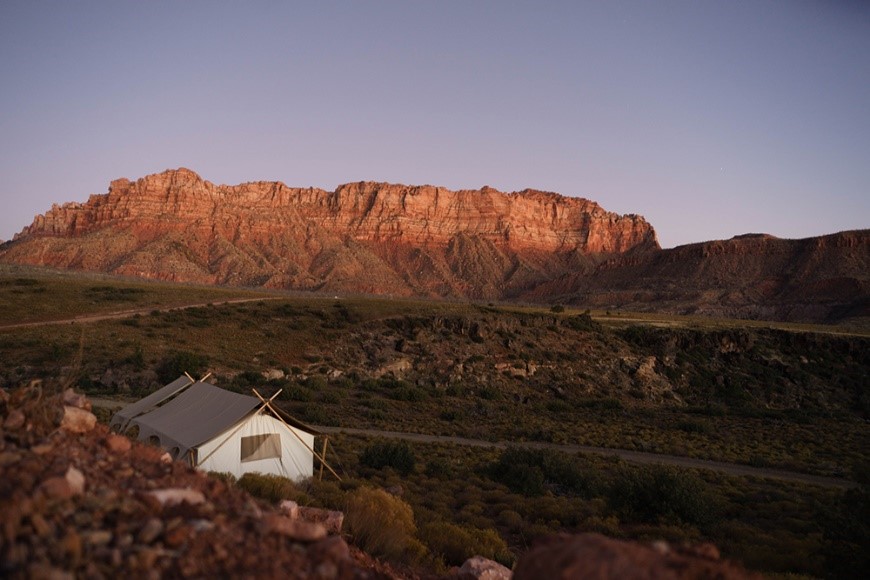By Kayla Sawyer, Technical Communications Analyst, National Indian Council on Aging (NICOA)

American Indians and Alaska Natives are the ethnic group with the highest undercount of any defined by the Census Bureau. Approximately 4.9 percent of American Indians and Alaska Natives were undercounted by the 2010 Census. The reasons for this undercount are varied, but one key reason is that 26 percent of American Indians live in hard-to-count census tracts. More than 80 percent of reservation lands are ranked among the country’s hardest-to-count areas. The U.S. Census Bureau is working with organizations like the National Indian Council on Aging (NICOA) to ensure that tribes are counted in the 2020 Census.
The U.S. Census is the only complete count of the country’s population, and it results in data for both the nation as a whole and for every geographic area within it — down to the smallest American Indian reservation and Alaska Native village. Census data is the basis for the federal funding allocations of more than $675 billion annually, of which $1 billion is dedicated to Indian Country. These funds are used to build tribal housing and make improvements, maintain and construct roads, and provide employment and training programs. The Census is the only source of this kind of data.
Every household will have the option of responding to the 2020 Census online, by mail, or by phone. While the majority will receive their census invitation in the mail (around March 12-20, 2020), almost 5 percent will get their invitation when a census taker drops it off in person. The first official count of the 2020 Census took place earlier this month in Tooksook Bay, Alaska.
On the 2020 Census, individuals and households will have the opportunity to self-identify as American Indian or Alaska Native. You will be able to write in up to six tribal affiliations on the form. Make sure to write in your enrolled or principal tribe(s) if applicable. You can look it up on the tribal website or ask your tribe about their preference for how their name is written. No proof is required. No one will ask you to show a tribal enrollment card or a Certificate of Degree of Indian Blood.
Filling out these questions on the census form will help ensure that the 2020 Census is accurate and reflects the true diversity in Indian Country.
Responding to the 2020 Census is easy, important, and safe. Responses to the 2020 Census are confidential. Personal information is never shared with any other government agencies or law enforcement, including federal, local and tribal authorities. The Census Bureau is bound by federal law to protect your information, and your data is used only for statistical purposes. Responses are compiled with information from other homes to produce statistics, which never identify your home or any person in your home.
If someone visits your home to collect information for the 2020 Census, you can check to make sure that they have a valid ID badge, with their photograph, a U.S. Department of Commerce watermark and an expiration date. If you still have questions about their identity, you can contact your Regional Census Center to speak with a Census Bureau representative.
It is important to know that the Census Bureau will not send unsolicited emails to request your participation in the 2020 Census. Further, during the 2020 Census, the Census Bureau will never ask for your Social Security number, your bank account or credit card numbers, money or donations. In addition, the Census Bureau will not contact you on behalf of a political party.
For more information on the 2020 Census and how Census data is used to support American Indian and Alaska Native communities, check out the NICOA blog.
The opinions expressed in this article are those of the author and do not necessarily reflect those of the Diverse Elders Coalition.
